Senbei has been popular in Japan for many years that attracts many fans from children to the elderly. Senbei is loved by everyone, but it actually has a very long history and there is theory saying that it came from China. It may interest you to find out that there is not only one type of Senbei but various types which differ depending on ingredients.This time, we will explain in detail about the origin of the name, history and origin, the recipe to make as well as many types of this Japanese traditional snack.
What is Senbei?
Senbei is a Japanese rice cracker made by kneading cereal powder such as wheat flour and rice flour, spreading it thinly, and baking it. These are rice crackers made from Japanese rice. Many of them are flavored with soy sauce or salt, and there are also “senbei shops” that sell baked rice crackers.
In Japan, locals make this by powdering non-glutinous rice, adding water, and steaming. They shaped the dough into a round shape, dried and then baked them. Okaki and arare are similar sweets to senbei, but they are made from glutinous rice and are different from senbei.
Senbei History
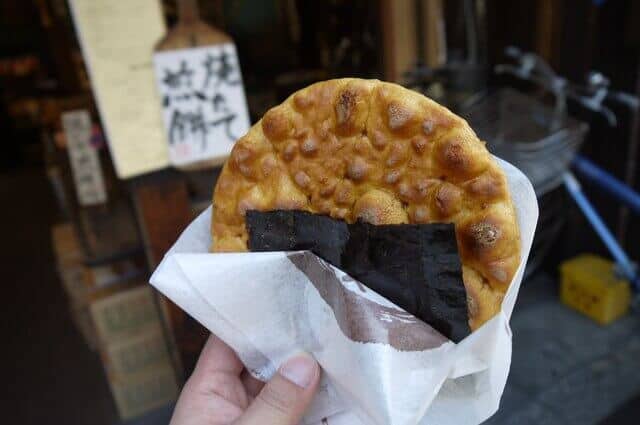
Some claim that senbei originated when Kukai brought it back from China, while others claim that it originated as a dessert created by a follower of Sen no Rikyu. The technique of cooking and eating mochi dumplings was already common throughout the Yayoi cultural era, according to legend. However, this is only a basic dish, and it wasn’t until after the Muromachi period that it took on the character of a snack in its own right, and many famous senbei were born during the Edo period.
Locals produced senbei by kneading flour with sugar and baking it during the Edo period. They regarded Shio senbei (salt senbei) in particular as a low-quality product. The origin of senbei originated in the 1690s, when farmers steamed leftover rice, mixed it with salt, stretched it out, cut it into a round shape in a bamboo tube, dried it in the sun, and then grilled it over charcoal. Farmers cooked leftover rice, steamed it, mixed it with salt, stretched it out, cut it into a round shape with a bamboo tube, grilled it over charcoal, and dried it in the sun. They did not utilized soy sauce in “salt senbei” until 1645, when it evolved into the product we know today. “Soka Senbei” at Soka, a post town on the Oshu Highway, became so popular that it signified “Salt Senbei.”
Senbei Recipe

Senbei Ingredients
| Ingredients for Senbei for 3 persons | Measurements |
|---|---|
| Rice | 130g |
| Boiling water | 100g |
| Soy sauce | 30g |
| Sugar | 30g |
How to make Senbei
Wash the rice thoroughly and dry it. It loses its transparency and becomes whitish. Then, grind the dry rice into powder in a mortar.
Make a hollow in the center with a spoon and pour hot water into it. Mix it with a spoon first, and when it’s cool, knead it with your hands.
Divide the dough into ping-pong ball-sized pieces and make an indentation in the center to allow heat to pass through. After, steamed it in a steamer for about 30 minutes.
Transfer to a mortar covered with plastic wrap, and pound with a pestle wrapped in plastic wrap. Fold and repeat until it is as soft as an earlobe. Divide the dough into two evenly, soak in water and cool to about 40°C.
Remove from water and knead well until the moisture is gone. Place it on a baking sheet so that the dough does not stick to it, roll it out to a thickness of about 3 mm, and use the edge of a cup to cut out a round shape.
Dry in the sun for 3-5 days. The sweetness of the rice comes out by drying it in the sun. Let it dry completely until it cracks.
Bring the grill close to the fire and grill it. When the dough rises, press it down with a spatula. Coat with a mixture of soy sauce and sugar to your liking. The sauce soaks into the freshly baked senbei with a clicking sound.
So why is senbei round?

Its history dates back to the Meiji period. In Soka-shuku, a post town on the Nikko Kaido, an old lady called “Osen” opened a teahouse and sold dumplings. A samurai saw that they throw out the unsold dumplings in the river, and suggested, “Why don’t you bake the dumplings flat and sell them?” They answered that when they crushed the dumplings, they naturally formed a round shape, and this round rice cracker was born.
What does senbei taste like?
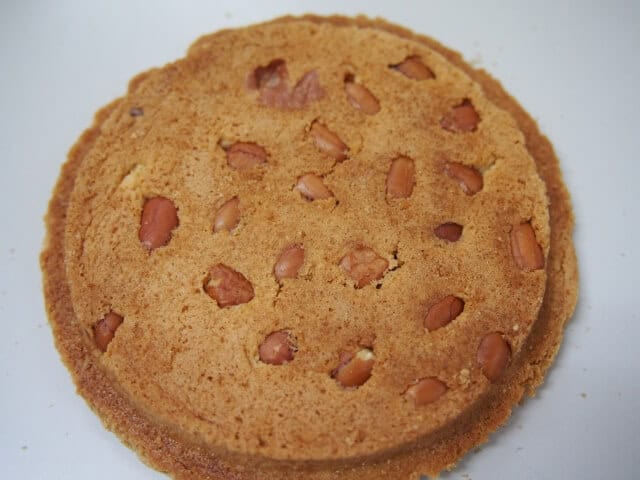
Soka-type senbei is hard-baked and has a crunchy texture. For some people, the chewing and crunching sounds can be a stress reliever. Also, children’s jaws are getting smaller due to the increase in chewy foods, so if you serve them as a snack for children, it will help their jaw development. The basic flavor is soy sauce, and the fragrant aroma will surely tickle the hearts of Japanese people.
Types of Senbei
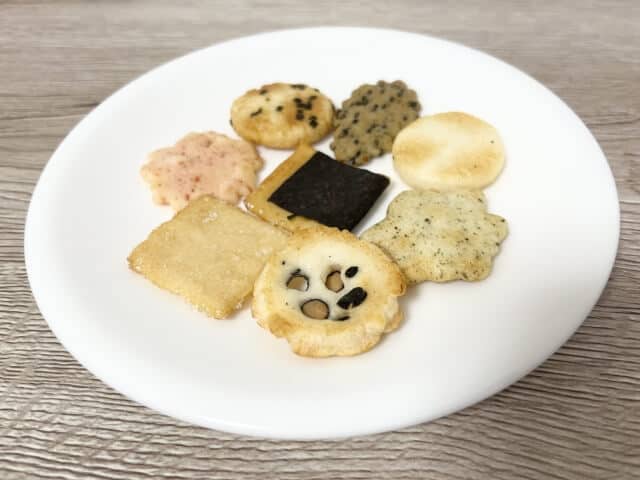
Rice crackers are confectionary treats manufactured mostly from rice. The main ingredients are within the two groups based on the distinction between glutinous rice and non-glutinous rice. The thickness, seasoning, toppings, manufacturing method, etc. all change the texture and taste. If you categorize them further, there are likely to be many different types.
Made from non-glutinous rice
Atsuyaki Senbei
Atsuyaki senbei, as the name suggests, is thick and seasoned with soy sauce. Generally speaking, the standard senbei is the atsuyaki senbei. It is very hard and chewy, just like rice crackers.
Thin crackers
Usuyaki senbei is the opposite of atsuyaki senbei. Seasoning is not limited to soy sauce, but there are various flavors such as salty ones.
Seaweed rice cracker
Rice crackers seasoned with soy sauce and wrapped in seaweed.
The rich flavor of seaweed is added to the fragrant smell of senbei and soy sauce.
Fried rice crackers
It is a deep-fried senbei cracker. Most of them have a simple salty taste, but some are seasoned with sweet and salty soy sauce.
Wet rice cracker
Originating in Choshi City, Chiba Prefecture, this senbei cracker has a moist texture. By baking the dough and soaking it in soy sauce while it is still hot, it has a unique texture and taste.
Made from glutinous rice
The small ones are called ‘arare’ and the large ones are called ‘okaki’.
Oni hail
Often seasoned with dark soy sauce such as tamari soy sauce.
Seaweed roll
Small grains of rice crackers are seasoned with soy sauce and wrapped in seaweed. It’s easy to eat, and once you start eating it.
Genkotsu
Large, hard, and very chewy rice crackers. Often seasoned with dark soy sauce.
Where to buy Senbei
Bishamon Senbei Fukuya (毘沙門せんべい福屋)

They have a wide selection of products, including the famous Bishamon Senbei crackers that are dried in the sun. The charred color in places is by no means overcooked, and serves as a complement to the deliciousness. It has a soy sauce flavor with a faint sweetness, a size that fits in the palm of your hand, and a texture that is just the right amount of quality.
Kanda Tanpei (神田淡平)
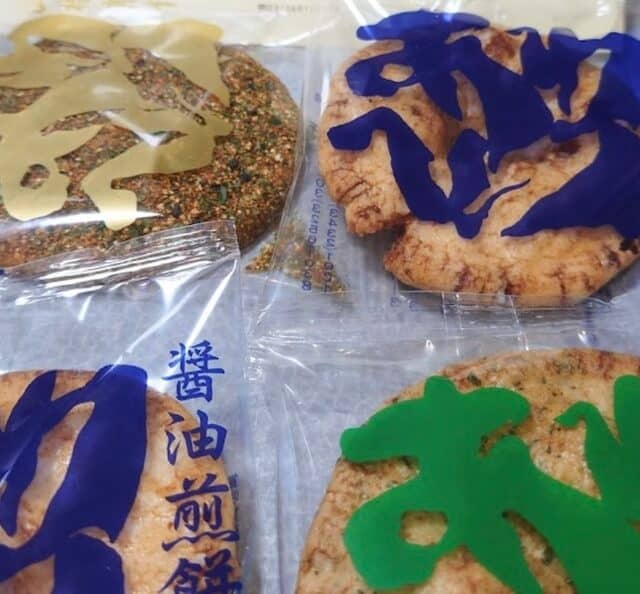
The shop mills domestic rice and make the dough in-house. To make the best use of the flavor of the rice, they laid the dough well and make the mixture through trial and error. The saltiness of the soy sauce and the sweetness of the rice swirl in the fragrant aroma.
Miharado Main Store (三原堂本店)
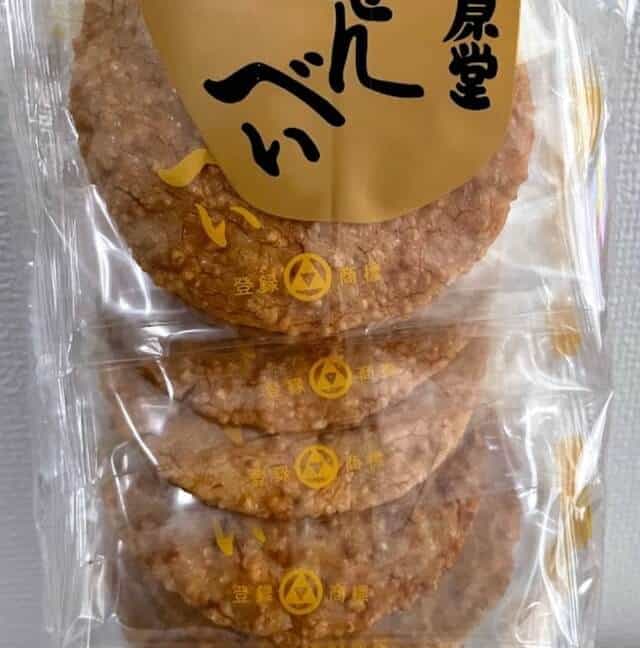
Their senbei here is limited to hand-baked soy sauce flavor, but the taste and texture are undeniable. Although it is a Japanese confectionery shop, it now boasts the same sales as all Japanese confectionery. Their senbei has a pleasant texture and the balance between the fragrant soy sauce flavor and high-quality salt create a lingering aftertaste.
Final thoughts
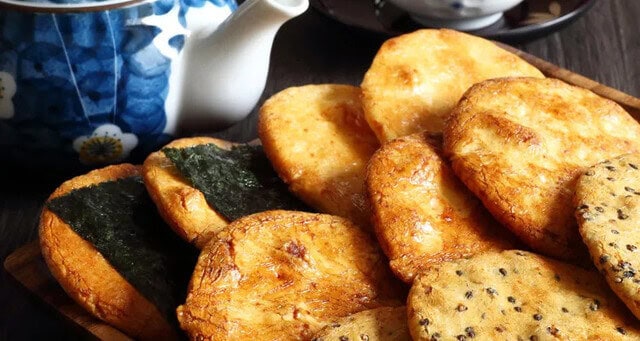
Senbei may be both sweet and savory. Sweet rice crackers can be coated in zarame sugar or flavored with fruit for sweet applications, while savory varieties might include everything from wasabi to curry blends. You may hear this phrase to rationalize a beer-fueled snack fest of these tempting tiny crackers, but they are far from a health-promoting addition to your diet.
There are other Japanese snacks or sweets you can try on, such as Kaminari Okoshi, Hina-arare, and Kawara senbei.



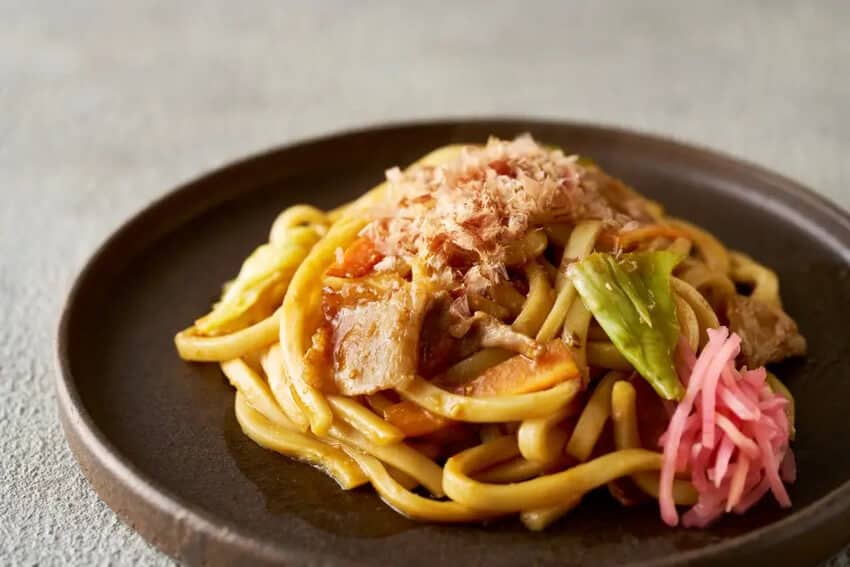
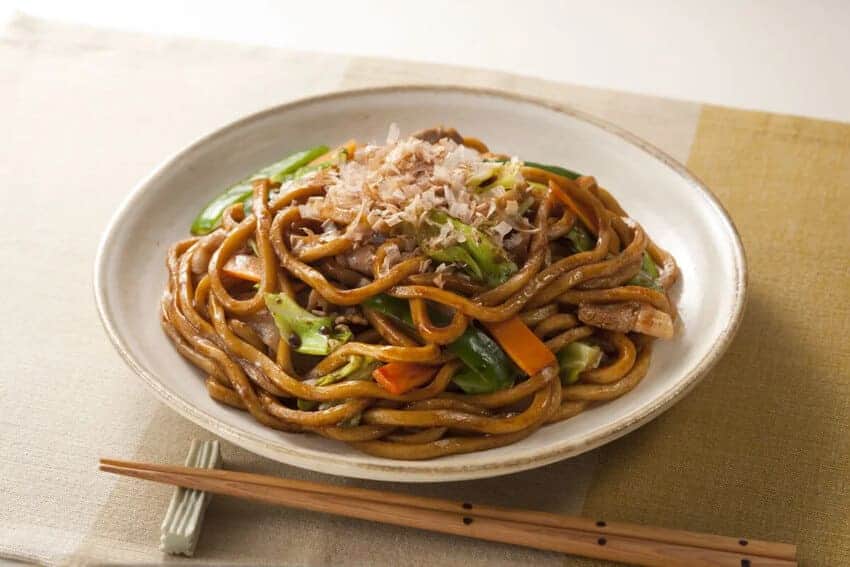

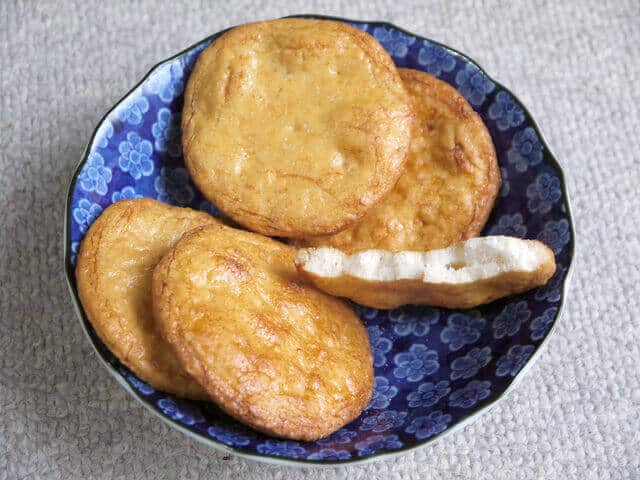
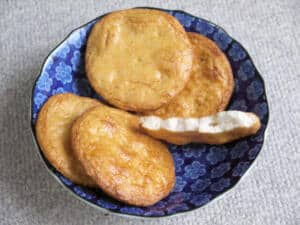
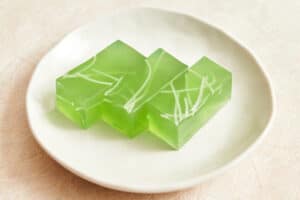
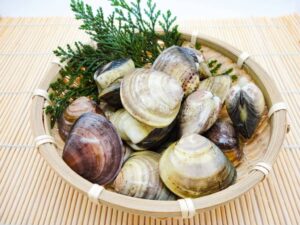
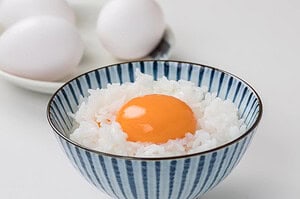
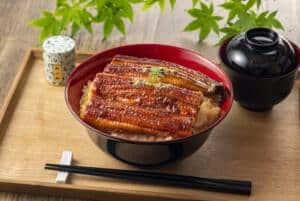
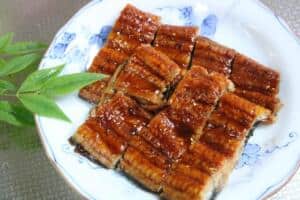
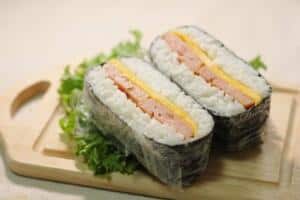
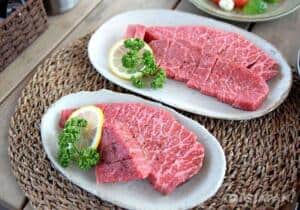

Comments
List of comments (1)
cialis pills Declaration of Competing Interest None declared